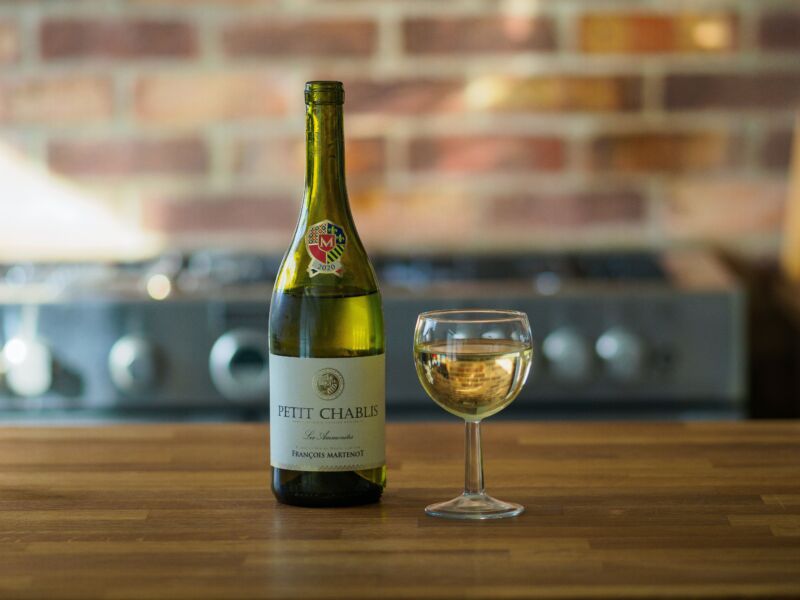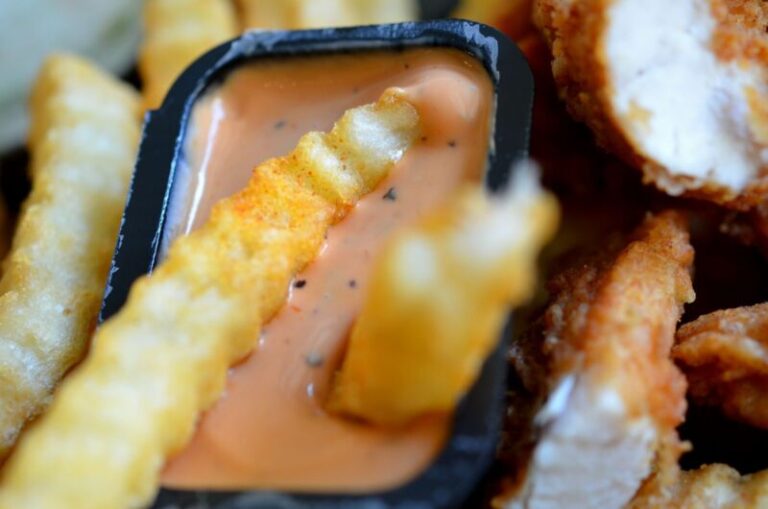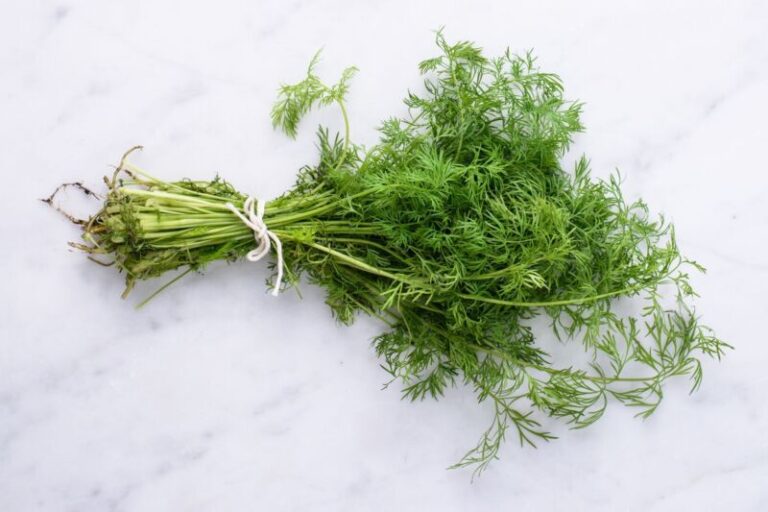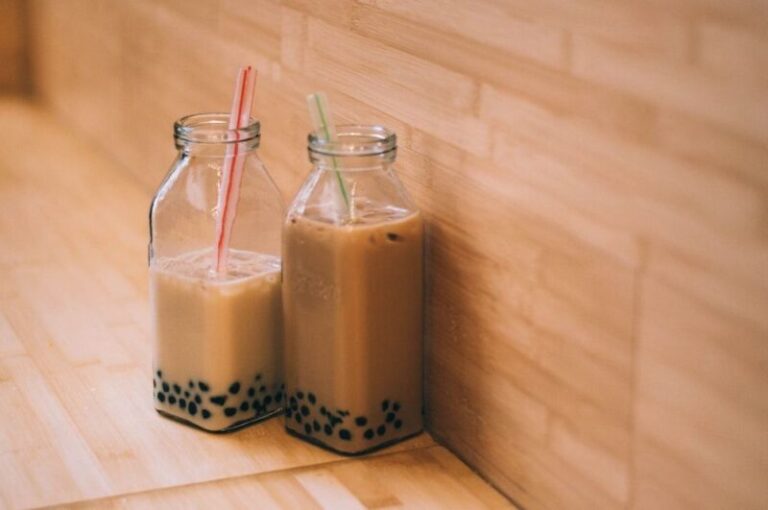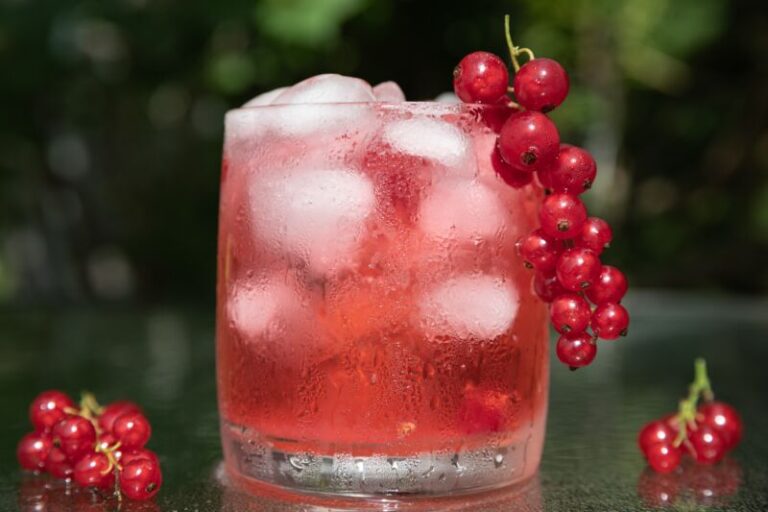Is Chardonnay Sweet Or Dry?
Chardonnay is one of the most popular and beloved white wine grapes. Its flavor profiles range from crisp and dry to lush and fruity. With such diversity, it can be difficult to determine definitively whether Chardonnay leans more towards the sweet or dry end of the spectrum.
The answer depends on several factors related to the grape itself, winemaking techniques, and personal taste preferences. By understanding what makes a wine “dry” and how elements like climate and production methods influence Chardonnay’s flavor, you can find the perfect glass for your palate.
What is Chardonnay?
To understand Chardonnay’s flavor profiles, it helps to first look at the characteristics of the Chardonnay grape itself.
Chardonnay is a green-skinned grape variety that originated in the Burgundy region of eastern France. It is believed to be a cross between the red Pinot Noir and the ancient white Gouais Blanc grape.
As a grape, Chardonnay is hardy and adaptable, thriving in various climates from cool to warm. It also readily takes on the flavors of the terroir where it is planted.
From its Burgundian origins, Chardonnay has spread to become one of the world’s most widely planted grapes. Significant regions growing Chardonnay include:
- United States (California, Washington, Oregon)
- Chile
- Australia
- New Zealand
- South Africa
Chardonnay’s popularity across the globe means there are diverse styles and flavor profiles.
What is a Dry Wine?
To determine if a Chardonnay is sweet or dry, it helps to first define what makes a dry wine. Dryness is determined by the sugar content:
A dry wine has very low sugar content, usually less than 10 grams per liter. During the fermentation process, yeasts convert natural grape sugars into alcohol.
The less residual sugar left after fermentation, the drier the resulting wine. A higher amount of leftover sugar makes a wine taste sweet.
Is Chardonnay Sweet or Dry?
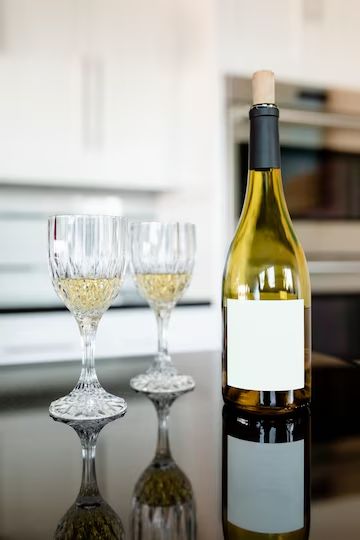
Given its diversity across regions and winemaking styles, Chardonnay can produce both dry and slightly sweet wines. Whether a particular Chardonnay is perceived as sweet or dry comes down to personal taste as well.
Several key factors impact the dryness level of Chardonnay:
- Growing region climate
- Ripeness level when grapes are harvested
- Winemaking techniques
Let’s explore how these elements shape Chardonnay’s flavor profile on the sweet to dry spectrum.
Growing Region
The climate where Chardonnay grapes are grown significantly influences the wine’s dryness and flavor profile.
In cooler wine regions, Chardonnay grapes retain higher acidity and do not develop as much sugar. Wines from these areas tend to be drier with green apple, citrus, and mineral notes. Burgundy, France and parts of Sonoma County, California produce cooler climate dry Chardonnays.
Warmer regions allow the Chardonnay grapes to ripen more fully and produce more sugar. This leads to slightly sweeter wines with tropical fruit flavors like pineapple and mango. Warmer climate Chardonnays include those from South Africa, parts of California, and Australia.
Ripeness of Grapes
When winemakers choose to harvest also influences Chardonnay’s dryness profile.
Early Harvest
Grapes picked earlier in the season are less ripe. This results in wines that retain higher acidity and lower sugar levels, accentuating dryness.
Late Harvest
Grapes harvested later have had more time to develop sugar. Wines made from riper grapes tend to be fuller-bodied and fruitier with a sweetness rounding out the palate.
Winemaking Process
After harvest, winemaking techniques can also shift Chardonnay’s position on the sweet to dry spectrum.
Oak Aging
Aging Chardonnay in oak barrels adds layers of complexity. The tannins and flavors from oak give the perception of sweetness, even in a drier wine. Longer time in oak also intensifies buttery and caramel flavors.
Stainless Steel
Fermenting and aging Chardonnay solely in stainless steel tanks preserves the grape’s bright acidity and crisp fruit notes, resulting in a dry, refreshing wine.
How to Use Chardonnay
Since Chardonnay can range from dry to somewhat sweet, it’s important to take the style into account when cooking and pairing.
Cooking with Chardonnay
Dry Chardonnay works best for poaching seafood, making sauces, and deglazing pans. Avoid oaked Chardonnay which may overpower delicate dishes.
Food Pairings
Oaked, buttery Chardonnay complements rich seafood like lobster, crab, and salmon along with pork. The sweetness matches salty and semi-hard cheeses like Gruyere.
Unoaked Chardonnays pair well with lighter seafood, chicken, turkey and mild cheeses.
How to Find Your Chardonnay

With an understanding of how climate and winemaking affect Chardonnay, finding the right glass for you becomes easier. Consider these tips:
For Sweetness
Seek out Chardonnay from warmer regions like California, Australia and South Africa. Opt for wines aged in oak for lusher fruit flavors.
For Dryness
Look for Chardonnay from cooler climate regions such as Burgundy, Oregon, and parts of California. Select stainless steel fermented and aged wines.
FAQs
Is Chardonnay as dry as Sauvignon Blanc or Pinot Grigio?
A: On average, Sauvignon Blanc and Pinot Grigio tend to be drier than Chardonnay. Their flavors profile of citrus, herbs, and minerals accentuate the dryness. However, stainless steel aged Chardonnay can reach similar dryness levels.
How does Moscato’s sweetness compare to Chardonnay?
A: Moscato is significantly sweeter than even the fruitiest, oaked Chardonnay. Moscato is made from grapes with naturally high sugar that are used to produce dessert wines.
Can Chardonnay be classified as a sweet wine?
A: While some styles of Chardonnay have slight sweetness, the grape does not produce dessert wines. Chardonnay would not be categorized as a sweet wine like Port or Sauternes.
Why are warm climate Chardonnays sweeter?
A: Warmer regions enable the Chardonnay grapes to ripen more fully on the vine. The increased sugar levels translate into wines with some residual sweetness.
How does Chardonnay’s dryness compare to Riesling or Gewürztraminer?
A: Chardonnay tends to be drier than both Riesling and Gewürztraminer. Those grapes retain higher natural acidity that balances the sweetness in the wines they produce.
Is Chardonnay a good wine for beginners?
A: Yes, Chardonnay’s approachable flavors and varied styles make it very beginner friendly. Dry, stainless steel Chardonnays offer an easy-drinking introduction to white wine.
The Final Word on Chardonnay
There is no clear-cut answer to whether Chardonnay leans more sweet or dry. The white wine grape can produce both styles depending on climate, viticulture, and winemaking techniques.
The best method is to taste different Chardonnays to determine your preferences. Focus on the region, winemaking methods, and descriptive terminology to guide you towards the perfect glass for your palate.
